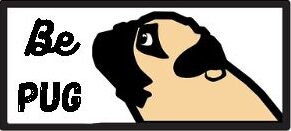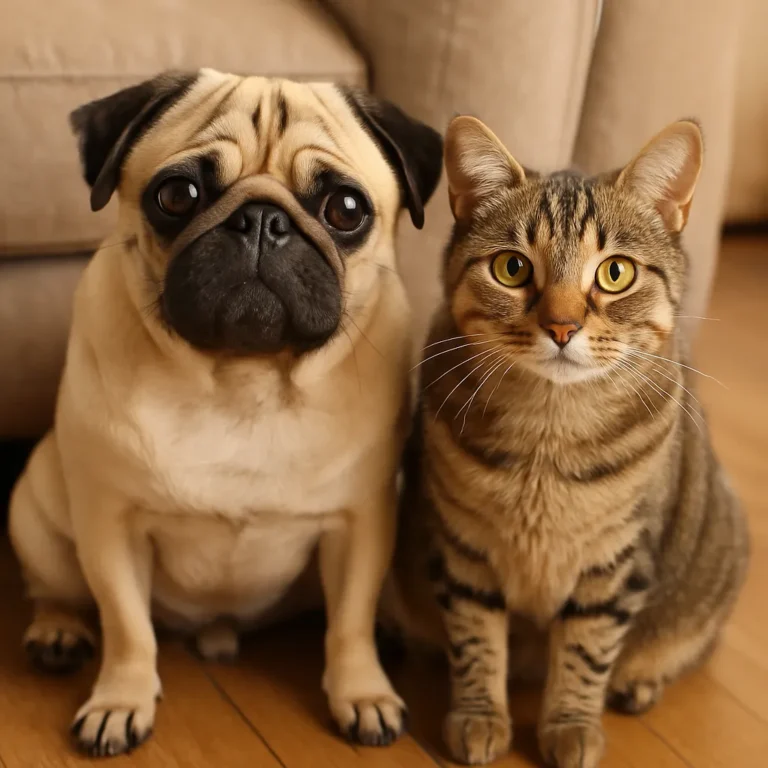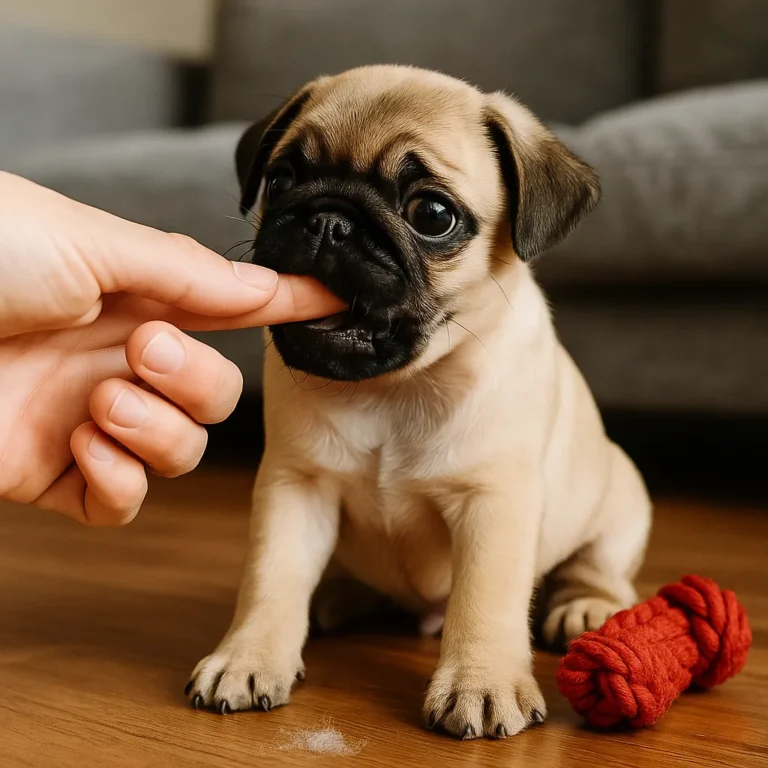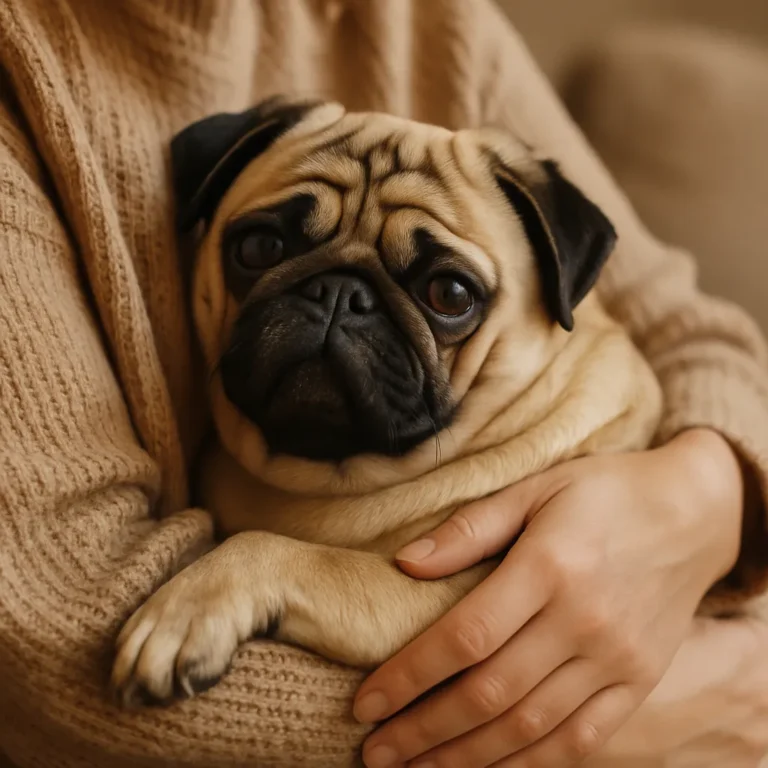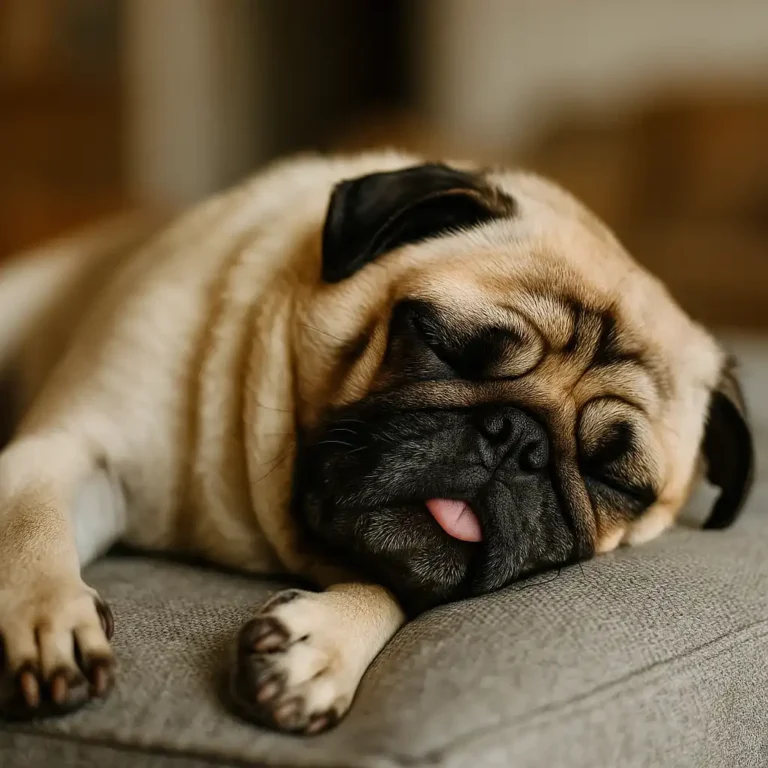Do Pugs Get Separation Anxiety? Why Your Pug Might Struggle When You Leave the Room
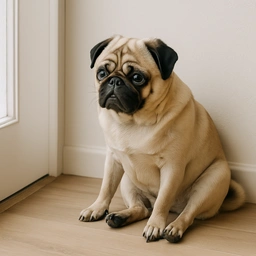
Disclosure: This post contains affiliate links. As an Amazon Associate, I earn from qualifying purchases—at no extra cost to you.
Pugs are known for their big personalities, expressive faces, and deep love for their humans. They thrive on companionship, often forming strong bonds with their families. But that affection can come with a downside—some pugs may experience intense distress when left alone. If you’ve noticed your pug becoming agitated as you reach for your keys or whining after you leave, you’re not alone.
Understanding the Pug Personality
Pugs were bred for companionship. Unlike working breeds that are often more independent, pugs are natural lap dogs. They enjoy being near their people, whether it’s following you from room to room or snuggling on the couch. This constant closeness can lead to challenges when they’re suddenly left by themselves.
Pugs also tend to be sensitive and intuitive. They pick up on their owner’s mood and daily patterns. If a pug isn’t gradually trained to handle short periods of solitude, they may become overly attached and anxious in your absence.
What Separation Anxiety Looks Like in Pugs
Separation anxiety doesn’t affect every pug, but when it does, the signs are often hard to miss. Some of the most common behaviors include:
- Persistent barking, whining, or howling when alone
- Pacing near doors or windows
- Destructive chewing or digging, especially around exit points
- Accidents in the house, even when house-trained
- Drooling or signs of stress like panting
- Attempts to escape, which can be dangerous
In some cases, your pug may even start displaying anxious behaviors when it senses you’re preparing to leave—grabbing your coat, picking up your bag, or putting on shoes.
How to Help a Pug With Separation Anxiety
The good news is that most pugs with separation anxiety can improve with time, patience, and the right approach.
Start With Short Absences
Gradually desensitize your pug to being alone. Begin with just a few minutes, then slowly extend the time. Avoid making a big deal out of coming or going.
Create a Safe and Cozy Space
Use a crate or a designated area with their bed, toys, and familiar scents. Some pugs feel more secure with a small space of their own.
Provide Mental Stimulation
Interactive toys, food puzzles, or treat-dispensing gadgets can keep your pug distracted and mentally engaged while you’re out.
Stick to a Routine
Pugs are creatures of habit. Feeding, walking, and leaving at consistent times can help ease anxiety.
Consider Background Noise
Leave on soft music or a calming background soundtrack. Some pugs are comforted by the gentle hum of voices or ambient sounds.
Consult a Professional if Needed
If your pug’s anxiety is severe or doesn’t improve, talk to your vet. They can rule out any medical causes and may suggest working with a trainer or behaviorist.
The Importance of Early Training and Socialization
Raising a confident pug starts early. Puppyhood is the ideal time to teach independence. Encourage solo play, get them used to different people and environments, and slowly introduce short separations. These early lessons can prevent anxiety from becoming a long-term problem.
Even adult pugs benefit from structure and gentle exposure to time apart. While they may never love being alone, they can learn to tolerate it without stress.
Conclusion
Pugs are lovable, affectionate, and deeply loyal. Their devotion is one of their most cherished traits, but it can also lead to separation anxiety if not properly managed. By understanding the signs, offering support, and training them to feel safe on their own, you can help your pug enjoy a more relaxed and balanced life—even when you’re not in the room.
